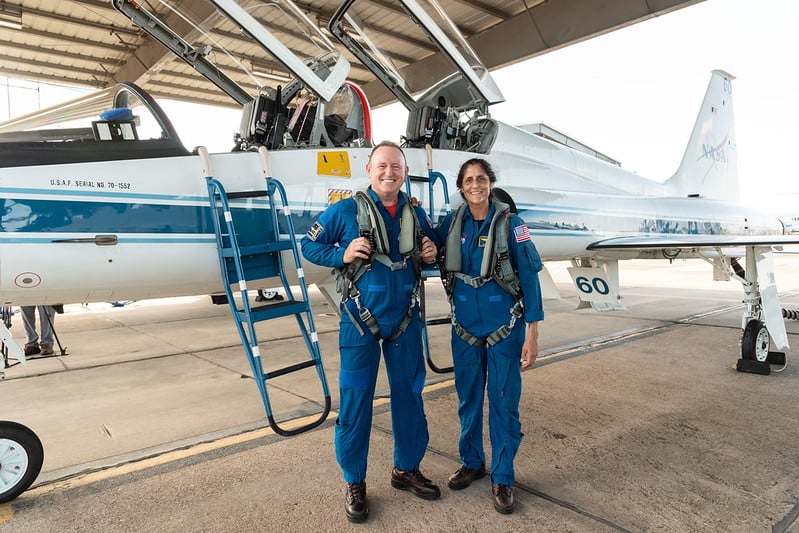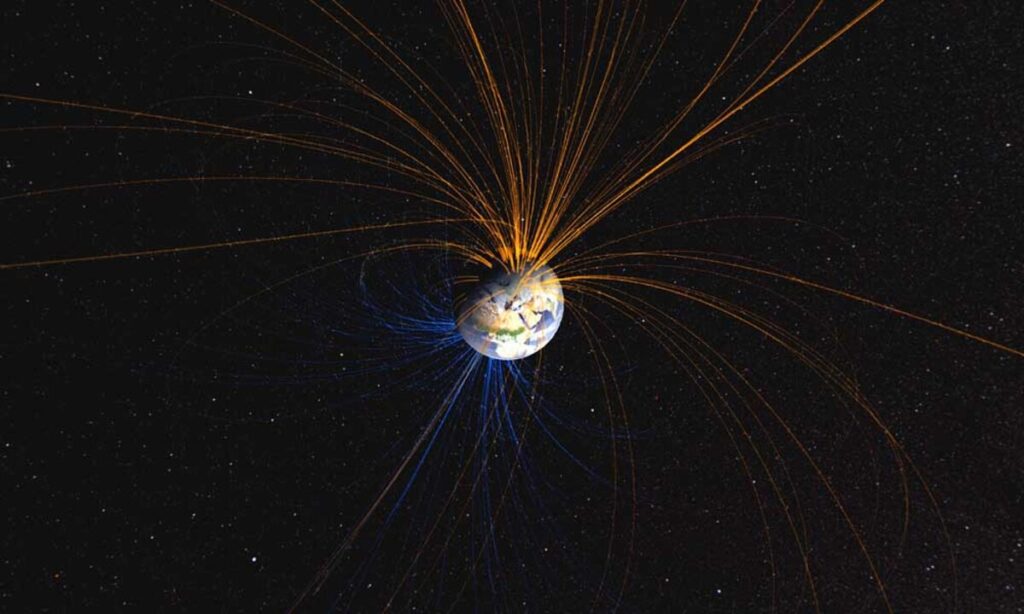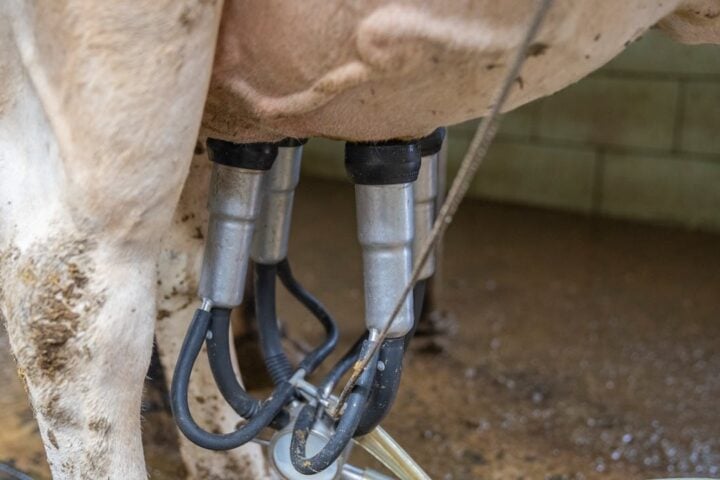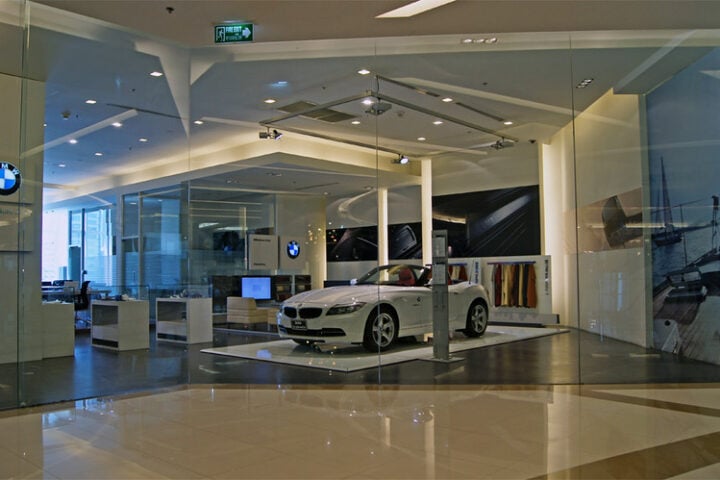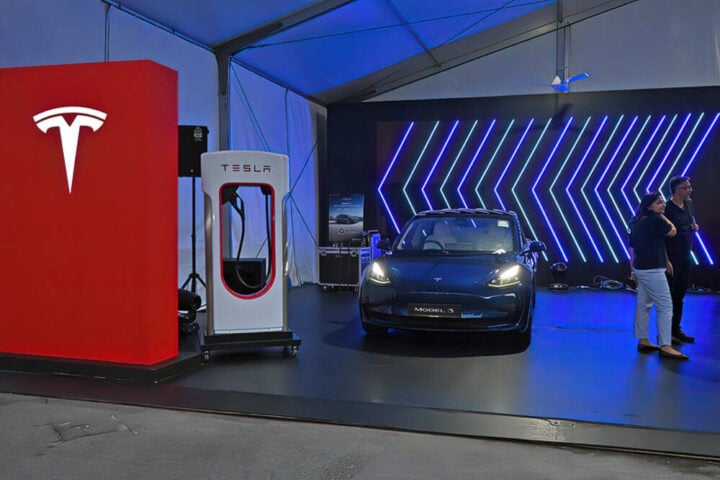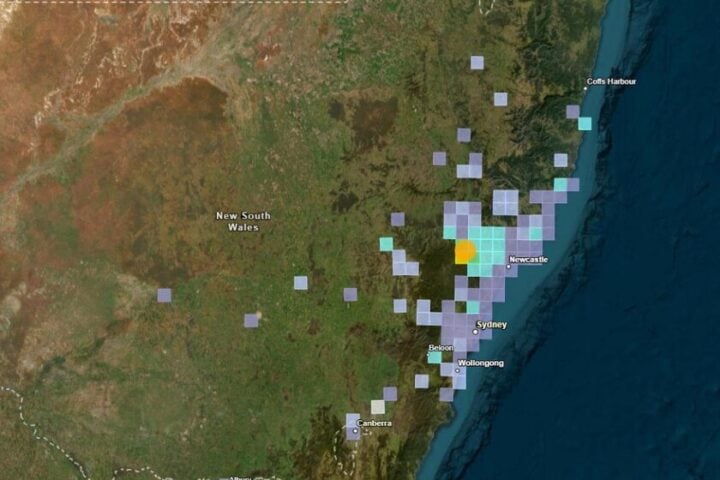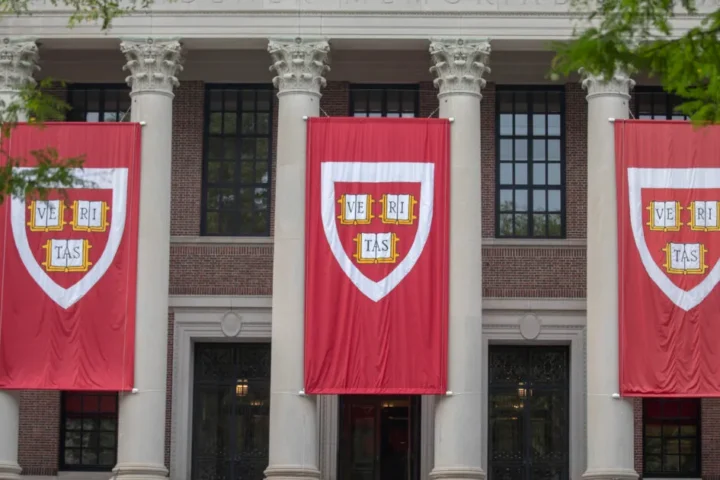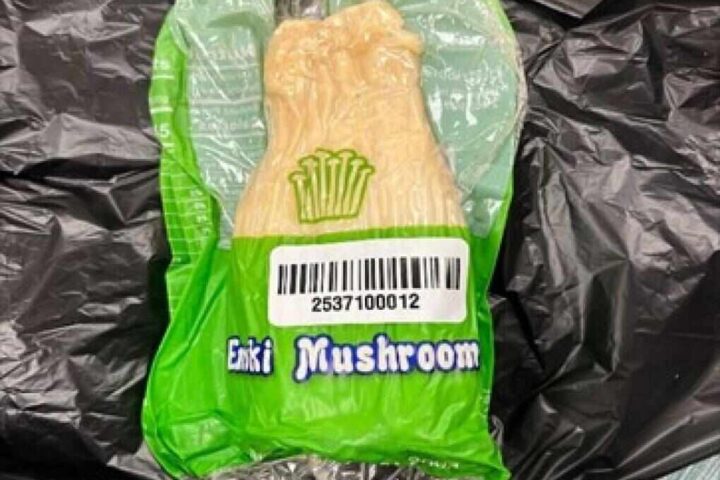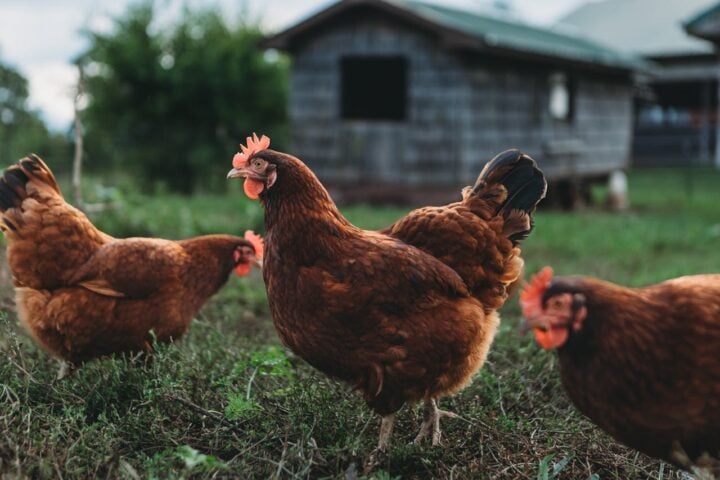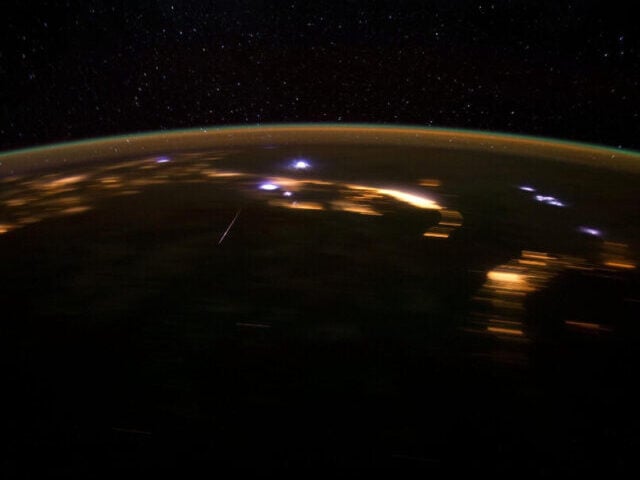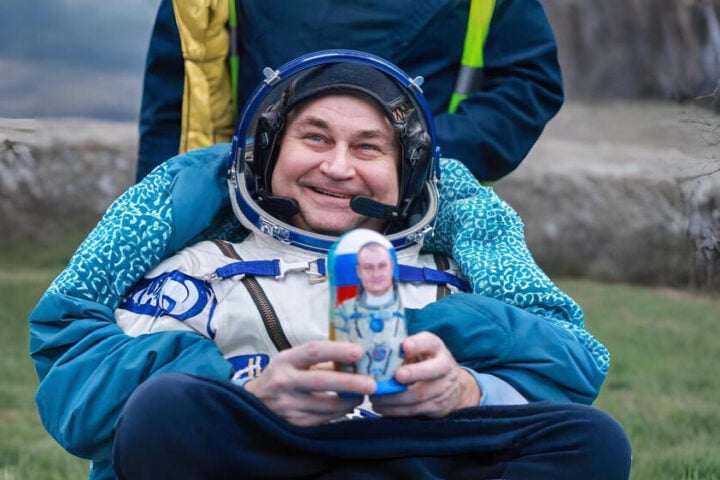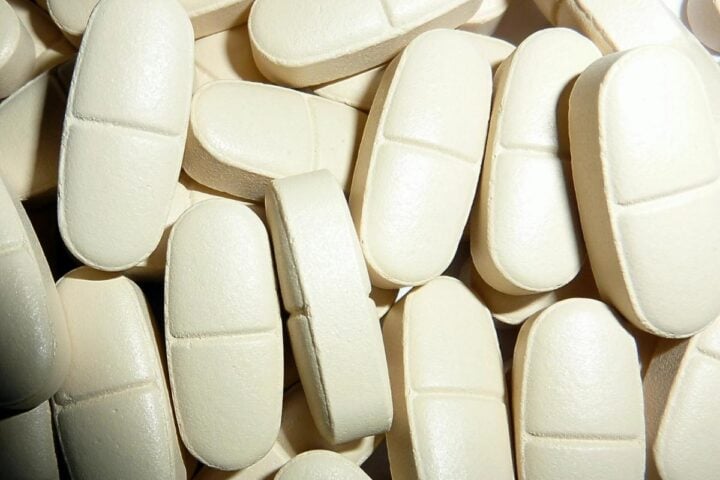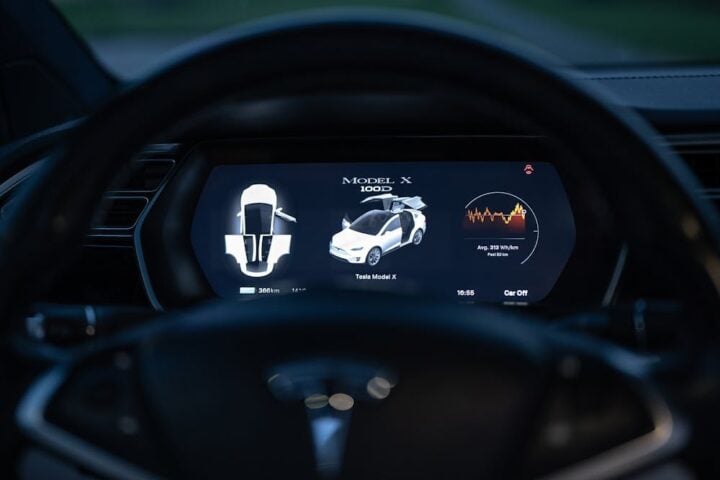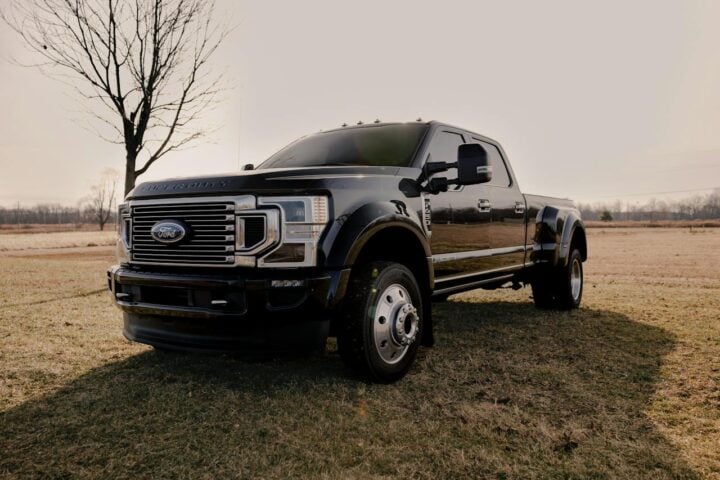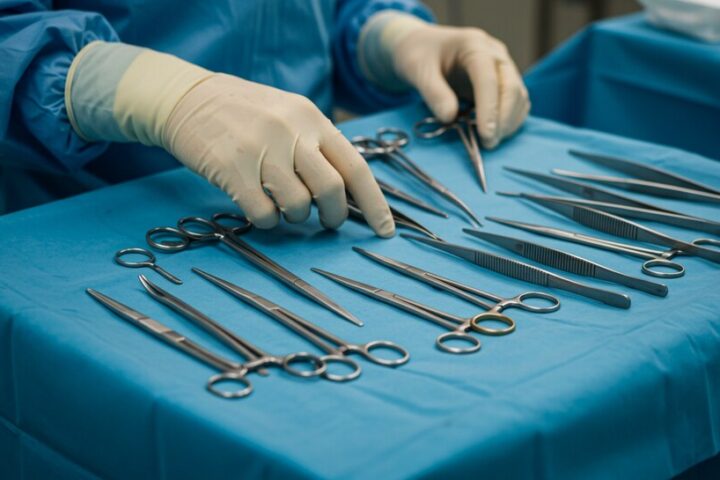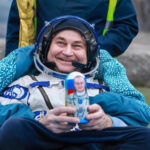After a spacecraft test mission stretched from days to months, NASA astronauts Butch Wilmore and Sunita Williams finally splashed down on March 18, 2025, concluding what became an unexpected 9-month stay aboard the International Space Station. In their first press conference since returning to Earth, the veteran space travelers addressed misconceptions about their extended mission while offering insights into the technical challenges with Boeing’s Starliner spacecraft that altered their flight plan.
“We were always coming back, and I think people need to know that,” Williams told reporters at NASA’s Johnson Space Center in Houston on March 31.
What began as an 8-day test flight of Boeing’s new CST-100 Starliner spacecraft in June 2024 turned into a prolonged mission when multiple thruster malfunctions and helium leaks in the spacecraft’s propulsion system raised concerns about its safety for the return journey. The technical issues forced NASA to keep the astronauts on the ISS and eventually return them via SpaceX’s Crew Dragon capsule instead.
Technical Issues That Grounded Starliner
The Boeing Starliner experienced multiple problems that prevented its use for returning the astronauts to Earth:
- Five of Starliner’s thrusters malfunctioned during docking operations
- Multiple helium leaks developed in the service module’s propulsion system
- Thermal issues caused concerns about thruster performance during critical maneuvers
These problems couldn’t be fully diagnosed or resolved remotely, leading NASA to opt for the safer alternative of returning Williams and Wilmore on a regularly scheduled SpaceX Crew Dragon rotation flight months later.
Similar posts:
Life and Work During the Extended Stay
Despite the unexpected extension, both astronauts integrated seamlessly into ISS operations:
“We pivoted and we are International Space Station crew members,” Williams explained. “We’re doing what all of our other friends in the astronaut office do: go and work and train and do amazing science experiments.”
During their prolonged stay, the astronauts:
- Conducted approximately 150 scientific experiments
- Participated in station maintenance and operations
- Williams served as ISS commander
- Maintained regular exercise routines crucial for mitigating the physiological effects of microgravity
The astronauts’ training proved crucial for adapting to the change in plans. “We didn’t get to come home the way we planned,” said Wilmore, “but in the big scheme of things, we weren’t stuck. We planned and trained.”
Readapting to Earth
Two weeks after returning, both astronauts reported good progress in readjusting to Earth’s gravity. Williams mentioned she had already completed a three-mile run, while Wilmore marveled at the effectiveness of NASA’s rehabilitation protocols.
“Who would even imagine that you come back from roughly 10 months and within a week, you run 2 miles at an eight-minute pace,” Wilmore said. “That’s not even conceivable that the body could handle that.”
The astronauts credited NASA’s astronaut strength conditioning and rehabilitation specialists for their rapid recovery, noting the importance of the exercise regimens they maintained while in orbit.
Starliner’s Future and Lessons Learned
Both astronauts expressed confidence in Boeing’s ability to resolve Starliner’s issues and would fly on the spacecraft again.
“We’re going to rectify all the issues that we encountered,” Wilmore said. “We’re going to fix it, we’re going to make it work. Boeing’s completely committed. NASA is completely committed. And with that, I’d get on in a heartbeat.”

The astronauts are scheduled to meet with Boeing leadership to provide firsthand insights about the mission’s challenges. NASA and Boeing continue working on fixes for the thruster and helium system issues, though future test flights remain uncertain.
Nick Hague, who commanded the Crew-9 mission that brought Williams and Wilmore home, emphasized that despite public discussions, politics doesn’t influence space operations: “When we’re up there operating in space, you don’t feel the politics. You don’t feel any of that.”This mission highlights the inherent challenges of human spaceflight and spacecraft development. As Wilmore summed up, “This is a tough business… It’s always a curvy road, it’s never straight in this business.”
Frequently Asked Questions
The astronauts’ mission was extended due to technical issues with Boeing’s Starliner spacecraft. Five thrusters malfunctioned during docking operations and multiple helium leaks developed in the service module’s propulsion system. Because these problems couldn’t be safely resolved remotely, NASA decided to keep Wilmore and Williams on the ISS and return them later via a SpaceX Crew Dragon capsule instead.
No, the astronauts were never stranded. As Williams clarified, “We were always coming back, and I think people need to know that.” They were safely integrated into the ISS crew operations while NASA worked on a return plan. As Wilmore stated, “We weren’t stuck. We planned and trained.” They ultimately returned via a regularly scheduled SpaceX Crew Dragon rotation flight.
During their extended 9-month stay, Wilmore and Williams conducted approximately 150 scientific experiments, participated in station maintenance and operations, and Williams even served as ISS commander. They also maintained regular exercise routines crucial for mitigating the physiological effects of microgravity, which helped them readapt quickly to Earth’s gravity upon return.
Just two weeks after returning to Earth, Williams had already completed a three-mile run, while Wilmore was able to run 2 miles at an eight-minute pace. They credited NASA’s astronaut strength conditioning and rehabilitation specialists for their rapid recovery, noting the importance of the exercise regimens they maintained while in orbit. Wilmore called their recovery progress “not even conceivable” given their extended time in microgravity.
Both astronauts expressed confidence in Boeing’s ability to resolve Starliner’s issues. Wilmore stated, “We’re going to rectify all the issues that we encountered. We’re going to fix it, we’re going to make it work. Boeing’s completely committed. NASA is completely committed.” The astronauts are scheduled to meet with Boeing leadership to provide firsthand insights, though future test flights remain uncertain as NASA and Boeing continue working on fixes.
According to Crew-9 commander Nick Hague, who brought Williams and Wilmore home, politics doesn’t influence actual space operations. He emphasized, “When we’re up there operating in space, you don’t feel the politics. You don’t feel any of that.” This highlights how the international space community continues to collaborate effectively despite geopolitical tensions on Earth.
